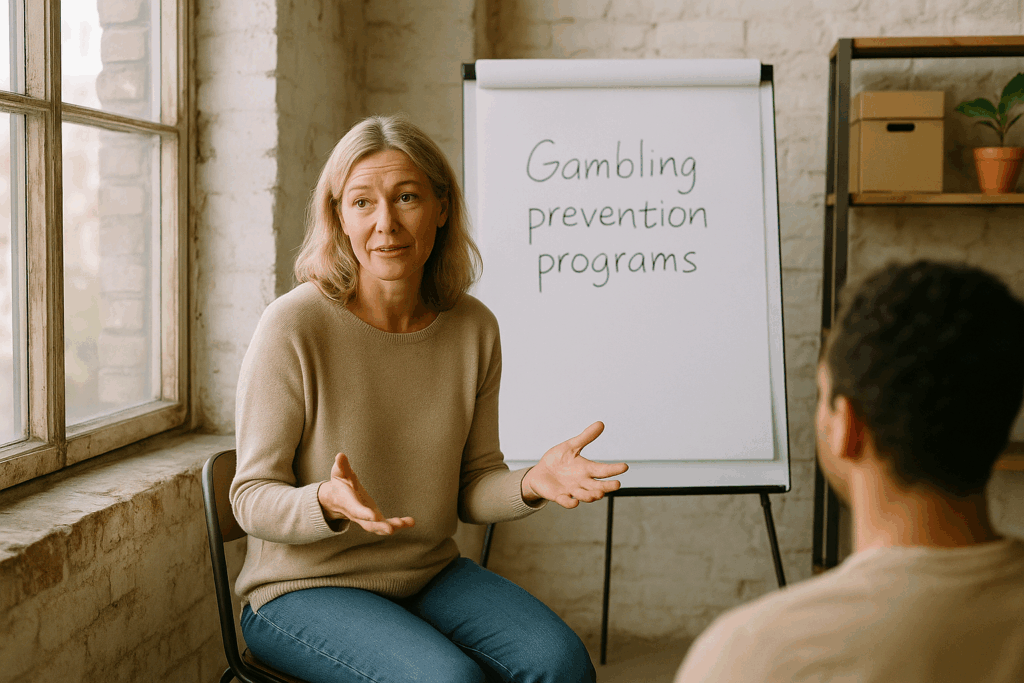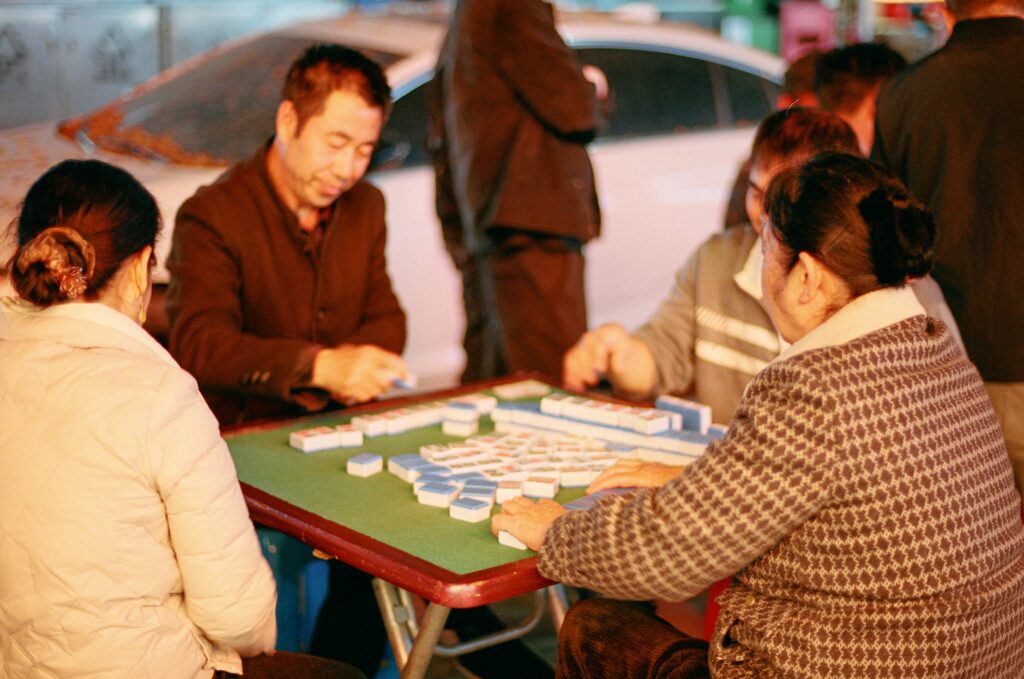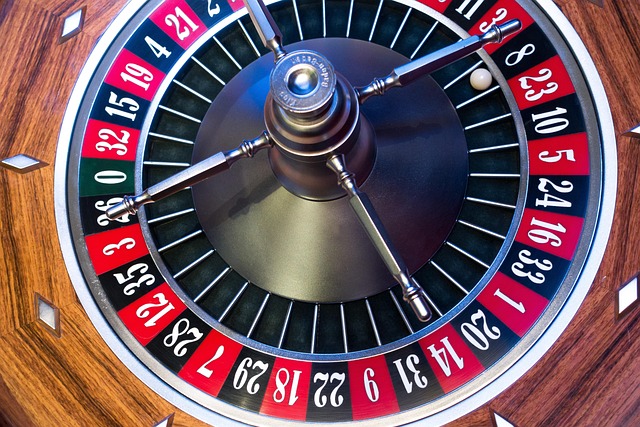Why Self-Exclusion Exists
Online gambling didn’t sneak up on us—it sprinted. Over the last decade, it’s moved from shady corner sites to sleek, mainstream platforms available 24/7 from any phone or laptop. With that kind of access, the line between entertainment and addiction doesn’t just blur—it can vanish fast.
Most people start gambling casually. A few bets on sports, a quick spin on slots during downtime. But when the buzz overrides logic, when losses get chased and time disappears, you’re no longer playing the game—the game’s playing you. That’s where risk shows up. And for some, it sticks around longer than expected.
This is exactly why self-exclusion programs exist. Not as some last-resort punishment, but as a deliberate pause button. A way to regain control without shame. It’s less about labeling someone as a “problem gambler,” more about giving people room to breathe, reassess, and build new habits. Self-exclusion isn’t quitting—it’s choosing to step back before things slide further. And that takes guts.
What Self-Exclusion Is (and Isn’t)
Self-exclusion is more than just a switch you flip to stop gambling—it’s a structured and intentional tool to regain control over gambling behavior. While often misunderstood, this mechanism is an essential part of the responsible gaming toolbox.
The Two Types: Short-Term vs. Permanent Exclusion
Different situations require different boundaries. That’s why most self-exclusion systems offer flexibility:
- Short-Term Exclusion
- Lasts for a specific period (days, weeks, or months)
- Useful for cooling off after heightened gambling activity
- Can be manually lifted once the chosen time ends
- Permanent or Long-Term Exclusion
- Designed for individuals ready to take a serious break, or stop altogether
- Typically lasts several years or is indefinite
- Often only reversible through a formal review process (and sometimes not reversible at all)
Not the Same as Parental Controls or Deposit Limits
Self-exclusion is distinct from other gambling restraint tools, both in its purpose and operation:
- Parental Controls: Built for keeping underage users off gambling sites—not intended for adult users managing their own habits
- Deposit or Loss Limits: Allow users to cap spending, but don’t restrict access. Self-exclusion, in contrast, locks accounts entirely
- Time Limits: Help manage play sessions, but still permit gambling within those set periods
Self-exclusion goes further by removing the option to engage at all, creating a real barrier to access.
Common Misconceptions
There’s a lingering myth that self-exclusion is only for people with a severe gambling problem. In reality, it’s a proactive strategy that anyone can use to stay in control.
- It’s not just for “problem gamblers”
- Casual players may use it to prevent negative patterns from forming
- Some use it seasonally—like taking a break during the holidays or high-stress periods
Ultimately, self-exclusion isn’t about shame or failure. It’s a tool for anyone who wants to realign their gambling behavior with their well-being.
How Self-Exclusion Works
Getting started with self-exclusion is more straightforward than you’d think. Most major gambling platforms offer a built-in signup process, typically found in the settings or responsible gaming section of your account. You choose a time frame—anything from a few days to permanent exclusion—and confirm your identity. Once you hit submit, the restrictions activate immediately. For those wanting broader coverage, third-party programs like GamStop (UK) or Gamban offer centralized exclusion across multiple operators. Some jurisdictions even allow registration through government portals or regulatory bodies, depending on where you live.
After activation, the changes are immediate and strict. Your access to gambling features is blocked. Deposit options disappear. Ads and marketing emails stop. Many platforms will also remove you from their contact lists entirely, closing off promotional outreach.
What makes this more robust now is how these systems are increasingly linked with national and international self-exclusion networks. That means your ban can carry across multiple sites within a regulated market—so you don’t just dodge one platform, you stay out of the entire ecosystem. It’s a smart layer of accountability that reduces the chances of impulsive backsliding.
Who Benefits from Using It
Self-exclusion programs aren’t just checkboxes on a compliance sheet—they offer real-world relief, especially for those caught in the grip of compulsive gambling. For individuals struggling with self-control, this tool creates immediate distance between impulse and action. No access means no temptation. It’s not a cure, but it’s a hard stop that can buy time, build clarity, and give the person space to breathe.
Family and friends often feel helpless watching someone spiral. Self-exclusion can offer them peace of mind—proof that something proactive is finally happening. It lowers the constant tension, the wondering if today’s the day everything falls apart. Having a tangible barrier in place shifts the household from crisis mode to recovery mode.
But this isn’t a one-way street. Gaming operators also benefit, just in a different way. When they implement and respect self-exclusion systems, they uphold trust and their public license to operate. Ethical oversight isn’t just good PR—it’s good business. In a time when regulation is tightening and public scrutiny is high, doing the right thing early keeps the industry honest and sustainable.
Limitations and Gaps
Self-exclusion is a step in the right direction—but it’s far from a silver bullet. The first problem? It’s not hard to get around. Users can create multiple accounts using different emails or IDs. Offshore sites, many of which aren’t subject to local laws, don’t even recognize self-exclusion agreements. Add VPNs to the mix, and loopholes widen fast.
Then there’s the fragmentation. While some countries have centralized databases that link operators and track exclusions across platforms, most don’t. This lack of coordination means you can block yourself on one site and still gamble freely on another unless you go through the process over and over.
And beyond the technical problems, there’s the human part. Many who need self-exclusion hesitate to take the step. Stigma plays a role—a quiet shame in admitting a loss of control. Denial does too. Some people don’t think they have a problem, even when the signs are obvious. Others know but keep putting it off. That’s the core limitation: no tool can help if it never gets used.
Making Self-Exclusion Part of a Bigger Plan
Self-exclusion doesn’t work in isolation. It’s a starting point, not a solution. Real change comes when it’s paired with additional support—counseling, financial coaching, or a regular support group. These services help untangle the deeper issues behind the impulse to gamble. Someone might block access to betting sites, but without guidance, the urge doesn’t just vanish.
Community matters too. Having people to check in with—whether it’s a sponsor, a friend who understands, or a group that meets weekly—can keep things grounded. Accountability doesn’t have to mean constant supervision. Sometimes it’s just someone asking, “How are you doing with it?” That makes a difference.
Then there’s tech. Blocking software that filters out gambling content, budgeting apps that send warnings when you’re overspending—these tools become part of the perimeter. They’re not perfect, but they plug gaps where willpower alone falls short. It’s not about one magic fix. It’s about stacking tools and support until the behavior changes for good.
A Closer Look at What Helps
For many, self-exclusion became the wake-up call that sparked real change—but it was never the full answer. Take Nate, for example: after multiple late-night betting spirals that left his finances in ruins, he signed up for a two-year self-exclusion program. That break gave him space—but it was weekly group therapy and budgeting with a friend that actually rewired his approach to gambling. The tool opened the door. What followed was up to him.
Jess’s story hits a similar tone. She used regional self-exclusion to block access to all her favorite online casinos. That helped, sure. But journaling and regular check-ins with her sister helped her confront the reason she gambled in the first place—using it as a stress escape after work. She didn’t need just time away from games. She needed better strategies for stress.
At the core of every effective recovery story is honesty—with yourself, your habits, and your triggers. Self-exclusion can be the first firm boundary. But staying in control long-term means proactive self-awareness: asking, why do I play—and what do I need instead?
Want to look at other ways to build that kind of control? Explore more in Practical Tips for Maintaining Control While Betting.
Final Takeaway
Self-exclusion works—but only when it’s part of an intentional plan. It’s not a silver bullet, and it’s not meant to be one. On its own, it can help reset a pattern or set a boundary, but the value comes when it’s backed by strategy and support. That includes awareness, follow-through, and often, a bit of outside help.
Regulators and operators have a role here. So do support organizations. But ultimately, the power sits with the person gambling. Real control doesn’t mean walking away forever. It means knowing your boundaries and sticking to them, even when no one’s watching.
Self-exclusion isn’t the endgame—it’s part of the toolkit. Used right, it can be the start of better habits, healthier decisions, and a smarter relationship with play.


 Thalara Kelricsona is the co-founder of mediagamblesaga and a key voice in its content direction. With a unique blend of creativity and industry knowledge, she explores the intersection of technology and user experience in gambling. Her forward-thinking approach ensures the site remains a trusted resource for readers seeking clarity on the fast-changing digital gambling landscape.
Thalara Kelricsona is the co-founder of mediagamblesaga and a key voice in its content direction. With a unique blend of creativity and industry knowledge, she explores the intersection of technology and user experience in gambling. Her forward-thinking approach ensures the site remains a trusted resource for readers seeking clarity on the fast-changing digital gambling landscape.

